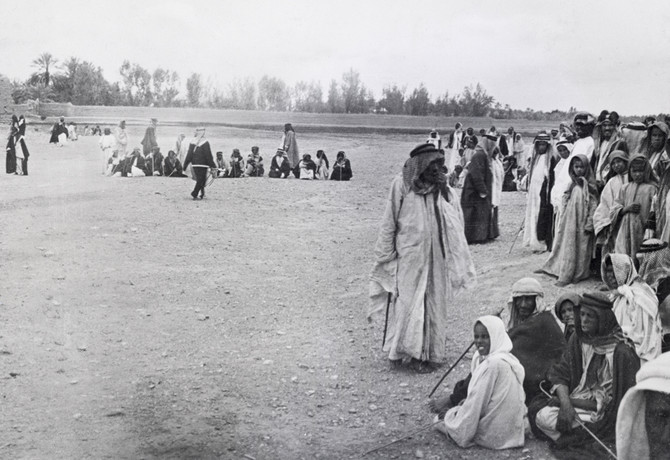In the territory of Dar’iyyah in the region of Hijaz, which is a mountainous territory with a pleasant climate, a person named Muhammad ibn Sa’ud assumed the chieftainship of his tribe.
Shaykh Muhammad ibn Abd al-Wahhab became acquainted with Ibn Sa’ud and relayed to him his new doctrines, and Ibn Sa’ud in turn accepted them.
They agreed together to set up a government encompassing the entire region where religious and judicial affairs, issues concerning propagation, and the leadership of the Friday prayers would be assumed by the Shaykh while the political, social, military, and security affairs would be under Ibn Sa’ud.
The government in Hijaz at that time was tribal and ethnic, and like many Muslim countries, was under Ottoman rule whose capital was present-day Turkey. With Al Sa’ud’s ascension to power, Hijaz seceded from Ottoman rule and in the course of time, it fell under the control of Britain.
On course, the British role in this change of the government should not be overlooked.
Source:
A New Analysis of Wahhabi Doctrines
By: Muhammad Husayn Ibrahimi
ABWA Publishing and Printing Center
[Pg. 16-17].

